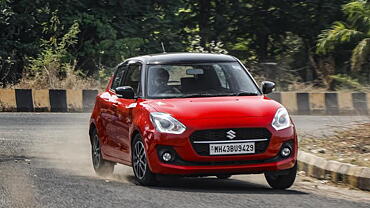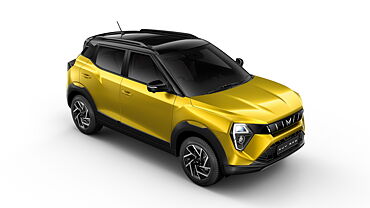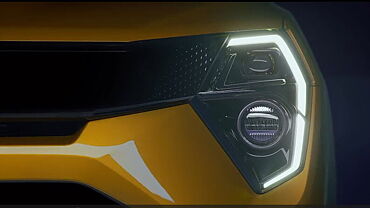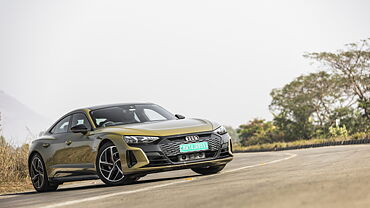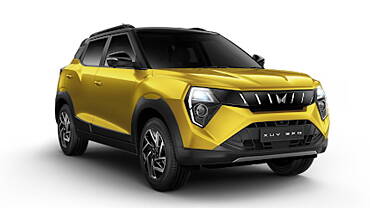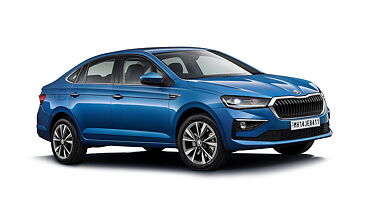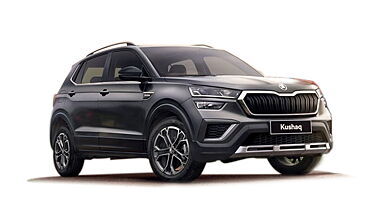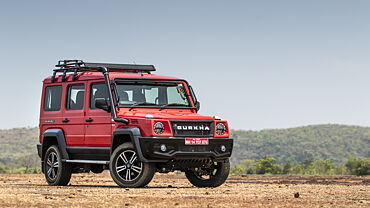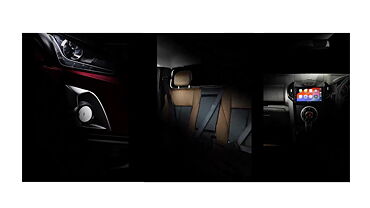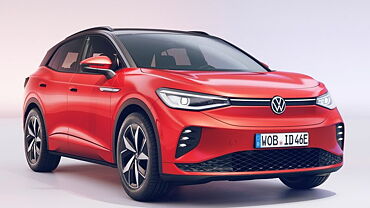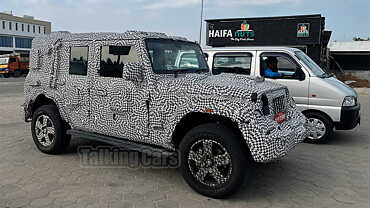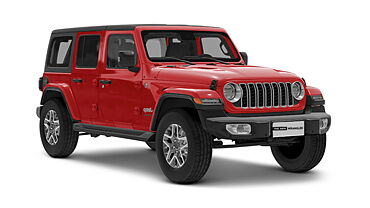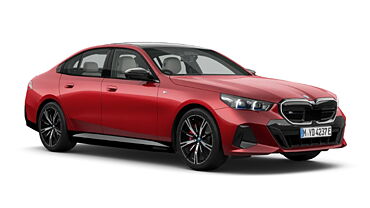
Why would I buy it?
- Easy to drive compared to other seven-seaters
- Feature-loaded and comfortable cabin
- Good alternative to D-segment sedans
Why would I avoid it?
- Lacks grunt when pushed hard
- Only six-seat option for higher-spec diesel-auto combo
Engine and Gearbox

Hyundai is offering the same 1.5-litre four-cylinder diesel in the Alcazar that does duty in the Creta. The U2 CRDi diesel’s identical power output of 113bhp and 250Nm might appear modest at first but it certainly has its benefits in the engine bay of the Alcazar. It’s a pretty refined oil-burner which we have already seen in the Creta but in the Alcazar, it might seem underwhelming.
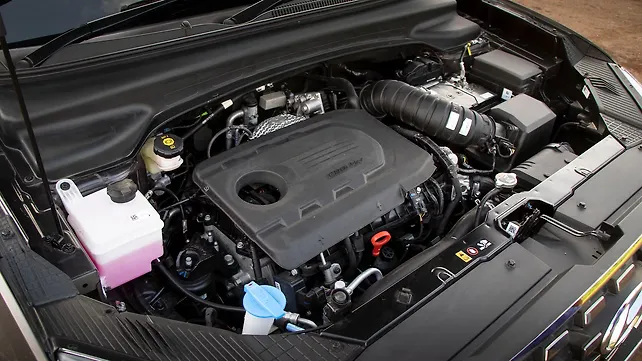
At idle, the four-cylinder diesel is silent and remains vibe free almost throughout the rev range – only getting vocal close to its 4,500rpm redline. But despite Hyundai’s claim of tuning the engine and gearbox in order to recompense the Alcazar’s added weight, the outright grunt you’d expect from a seven-seater diesel SUV is felt amiss. Especially under high-load conditions where the Alcazar’s diesel sometimes feels out of breath and strained – especially when compared to the 168bhp/350Nm you get in the Tata Safari.
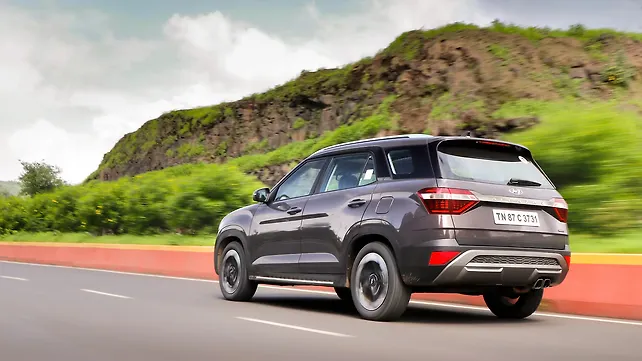
As for the aforementioned benefits of using this diesel in the Alcazar – it feels very usable for day-to-day driving. It’s quiet and predictable with just enough firepower to keep up with traffic fairly easily. However, out on the highway, making a sudden overtake might have to be replaced with a well-planned one instead. Otherwise, the Alcazar can do its fair share of interstate runs thanks to its frugal nature which might be easier on your pocket than other diesel seven-seaters. As for the gearbox, the torque converter shifts smoothly and holds on to gear when pushed hard. What’s more, you also get a set of paddle-shifters when you want to take command for some spirited driving.
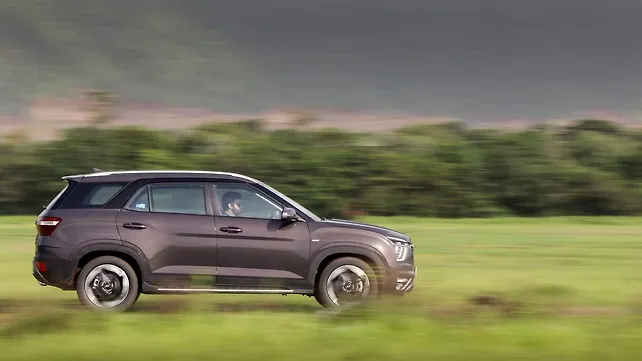
Ride Quality and Handling
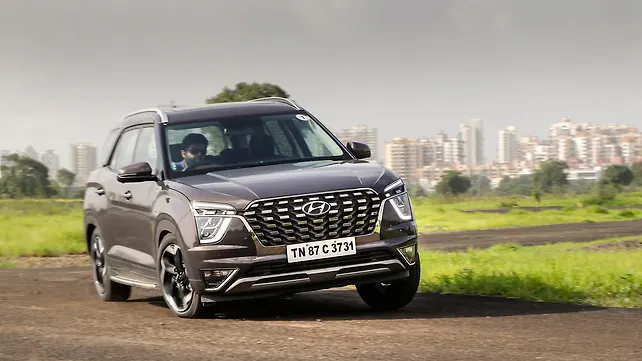
With its underpinnings shared with the Creta, the Alcazar offers similar ride and handling characteristics – which in other words makes it very amiable and driver-friendly. It’s not a light steering but is progressive and remains predictable, although we found it slightly vague off-centre. Also, the evident body roll doesn’t help your confidence when looking to take a corner with slightly more enthusiasm than necessary.
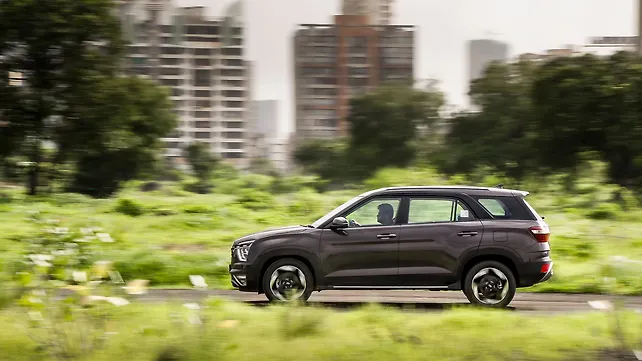
On the upside, the ride of the Alcazar remains pliant as it manages to absorb irregularities that the rain-ravaged roads throw in its way. Although it might be on a stiffer side, you only feel and hear the very sharpest of potholes and road joints. Otherwise, the ride won’t make the passengers feel uncomfortable at any point, even on longer jaunts.
Comfort, Convenience, and Features
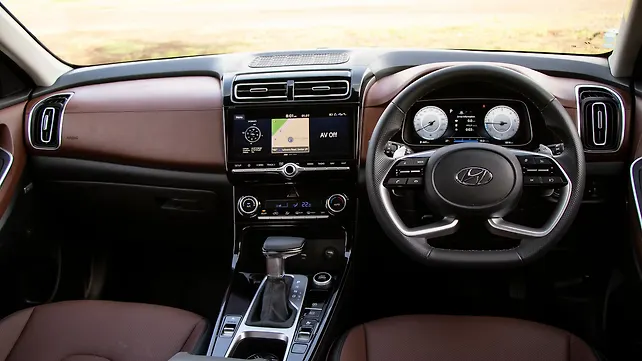
Stepping inside the Alcazar is easy thanks to its low height – yet Hyundai has taken the liberty of providing a side-step here. On the inside, it’s a familiar affair once again with everything carried over from the Creta. You do get a richer looking finish and contrast colour materials here, like the swanky brown over dark black. There are a few additional features here too, which include a 360-degree camera and a blind-view monitor that uses the wing-mirror-mounted cameras to give you a view of the blind spot on the instrument cluster when the indicators are running.
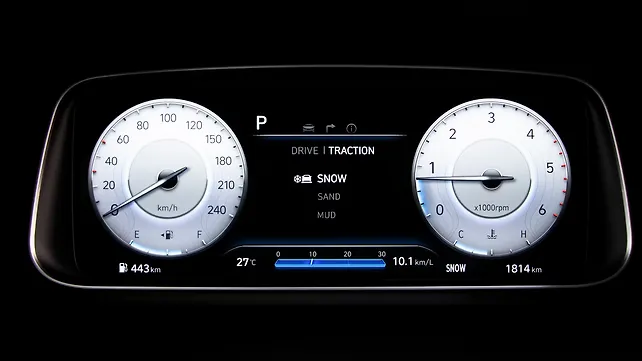
Talking about the instrument cluster – it’s an all-digital unit in the Alcazar and looks inspired by Mercedes-Benz to a great extent. There’s the familiar 10.25-inch touchscreen display integrated on the dash as well as a fairly usable and uncluttered space on the centre console. The ambience of the Alcazar’s cabin is further elevated by a massive panoramic sunroof scaling the entire dimension of the roof. Even the seats are comfortable and cocoon the passengers well. The same can be said about the captain seats in the middle.
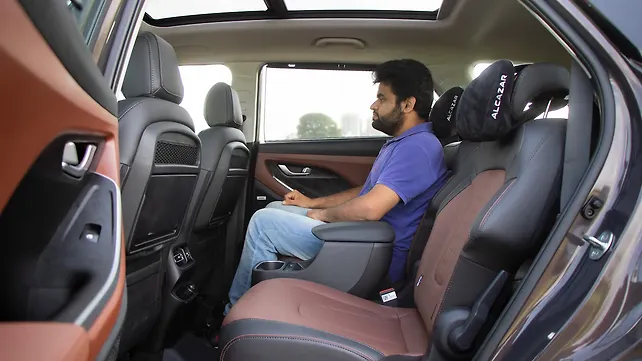
With the middle row getting a dedicated armrest on the centre console, there’s an additional wireless charger pad, storage, and cup holders for centre passengers. They also benefit from separate air vents, window blinds, adjustable headrests, and a backseat mounted tray. The second row is the best place to be in the Alcazar as it offers an opulent feel usually reserved for cars that cost almost twice or thrice this Hyundai.
Lastly, the third row appears to be best suited for kids and young adults at the best. And if you do cram in a full-size adult, it best be for shorter jaunts. To keep them from complaining on those small trips, there are separate air vents with a blower, USB ports, and an adjustable headrest for third-row passengers. Getting into the third row isn’t a gracious affair either and with the three rows up, the available boot space won’t be sufficient enough for weekend luggage of the six people seated inside.
On the safety front, you get the usual net from the Creta which includes dual front airbags, ISOFIX child seat mounts, ABS with EBD, ESC, hill start assist, rear parking sensors, a rear parking camera, and rear disc brakes. Other features include LED lamps, auto headlamps, auto-dimming IRVM, and a tyre pressure monitor.
Exterior
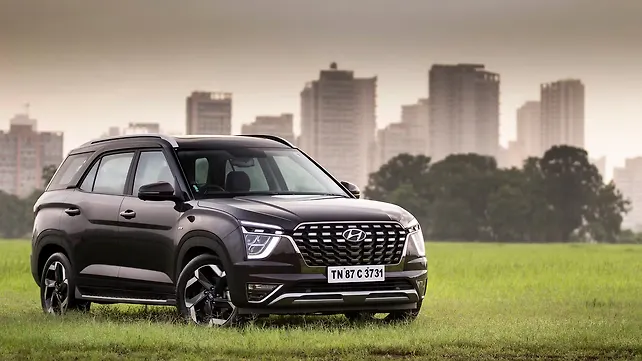
Upfront, the Alcazar stands out with its studded grille done up in the subtle dark-chrome finish. It looks regal if not unique over the Creta in terms of front-end design. Move to the side and things start to get interesting. Its flat roof makes the profile look slightly bigger than it is. We love how the C-pillar of the Creta is integrated into the Alcazar yet it doesn’t look out of place.
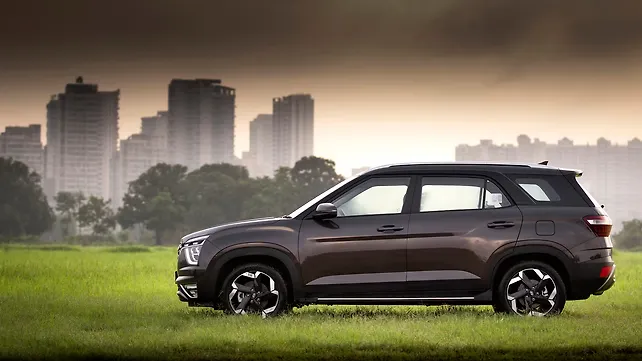
Well defined crease lines and blacked-out D-pillar along with the roof rails and funky-looking 18-inch wheels complement the Alcazar’s stance. At the back, it reminds us of a certain erstwhile Tata SUV owing to its rectangular LED taillight signature. But the chrome strip joining the taillamps, faux bumper inserts, and dual-tip exhaust tips made in a special design make this three-row Hyundai standout over the controversial rear end of the Creta. Overall, it’s a very affable design with pleasant changes and makeovers to keep things interesting.
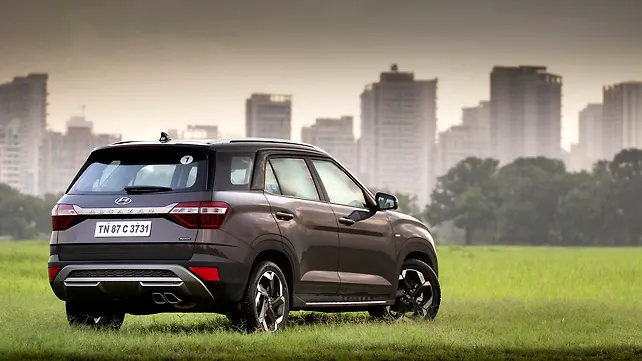
Conclusion
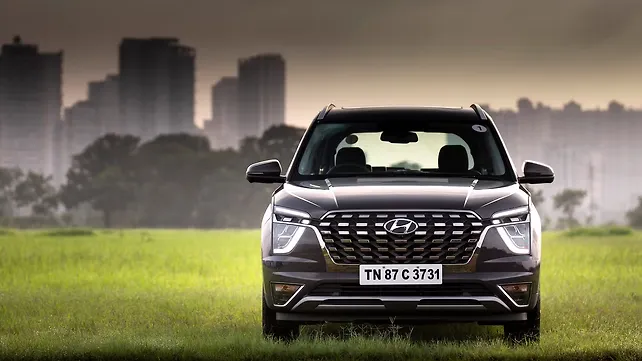
Priced at Rs 24.35 lakh (on-road Mumbai), the Hyundai Alcazar is almost three lakh rupees more expensive than the equivalent top-spec Creta in the diesel automatic guise. For that extra money, you get a slightly bigger car which you can boast as a three-row SUV. A few features and quite a comfortable middle row even if you don’t really have a need for six seats but want a practical four-seater that is easy for everyday driving.

Sure, it might not pack the punch of the Tata Safari or have gizmos laid all around like in the MG Hector Plus (which doesn’t have a diesel-auto combo). But it undercuts both of them in terms of pricing – even the soon-to-be-replaced Mahindra XUV500. So, the Alcazar should be ideal for a buyer upgrading from a compact SUV or a C-segment sedan and doesn’t want a big, burly mover but a practical six-seater with enough kit and comfort backed by Hyundai’s solid sales and aftersales.
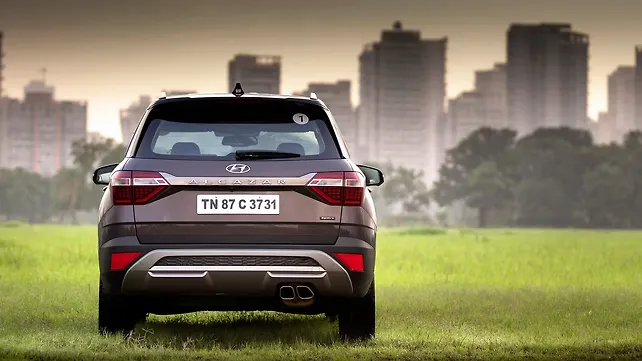
Pictures by Kapil Angane and Kaustubh Gandhi



![Hyundai Alcazar [2021-2023] Hyundai Alcazar [2021-2023]](https://imgd-ct.aeplcdn.com/160x89/n/cw/ec/46812/alcazar-exterior-right-front-three-quarter.jpeg?q=80)


